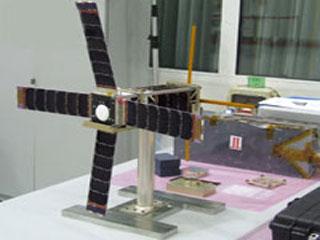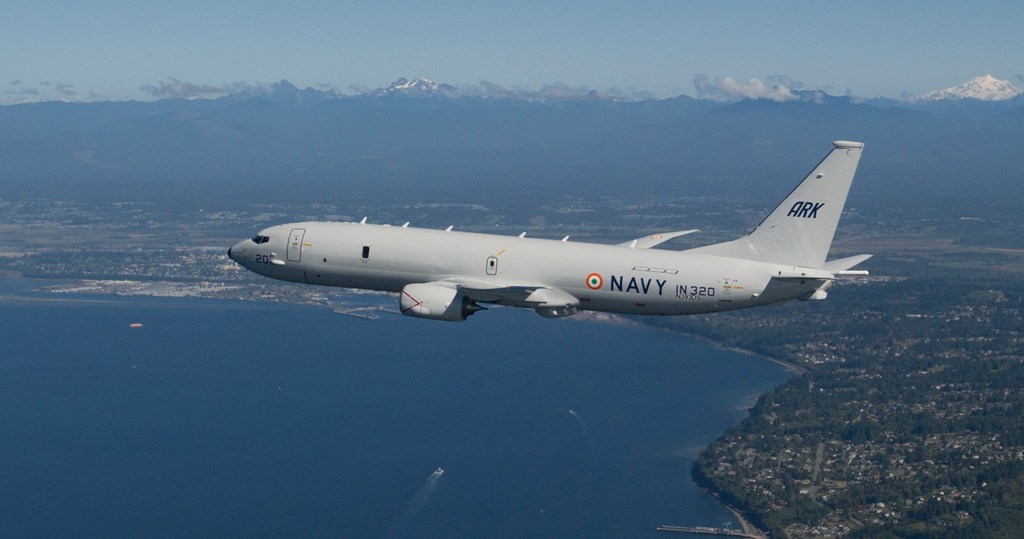
PARIS (BNS): European space freighter ATV-2 Johannes Kepler will undock from the International Space Station (ISS) on Monday after completing its space mission.
The second automated transfer vehicle, which delivered seven tonnes of supplies, including dry cargo, oxygen and fuel to the station crew, will be separated from the ISS at 14:51 GMT.
Packed with some 1200 kg of waste bags and unwanted hardware by the ISS crew, the ATV-2 will then burn up harmlessly in the Earth’s atmosphere during reentry on Tuesday.
The spacecraft will fire its engines twice to descend from orbit. The first burn, at 17:07 GMT will drop it towards Earth. The second burn, at 20:05 GMT will direct it precisely towards its Pacific target, ESA said.
“Just like the tonnes of natural space debris that collide with our planet every day, the 10-tonne ferry will burn up on reentry,” it said.
The unmanned spacecraft was launched to the orbital laboratory by an Ariane 5 rocket from Kourou, French Guiana, on February 16, 2011.
During its hectic mission, two US space shuttles – Discovery and Endeavour – and Japan’s HTV cargo carrier visited the space station, along with Russia’s Progress and Soyuz spacecraft.
These required several changes of station attitude, mostly controlled by ATV’s thrusters, ESA said.
Besides delivering supplies, the ATV-2 also conducted ISS orbit correction manoeuvers to facilitate smooth docking of future spacecraft, including US space shuttle Atlantis set to launch on July 8.
The ATV-2 Johannes Kepler is the second of five such unmanned spaceships that ESA plans to launch for ISS missions.
The first spacecraft of the series, ATV Jules Verne, was launched in 2008. The third ATV is scheduled for launch in February 2012.
 Previous Article
Previous Article Next Article
Next Article













The Indian Air Force, in its flight trials evaluation report submitted before the Defence Ministry l..
view articleAn insight into the Medium Multi-Role Combat Aircraft competition...
view articleSky enthusiasts can now spot the International Space Station (ISS) commanded by Indian-American astr..
view article